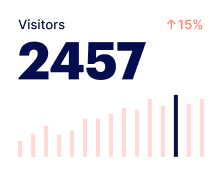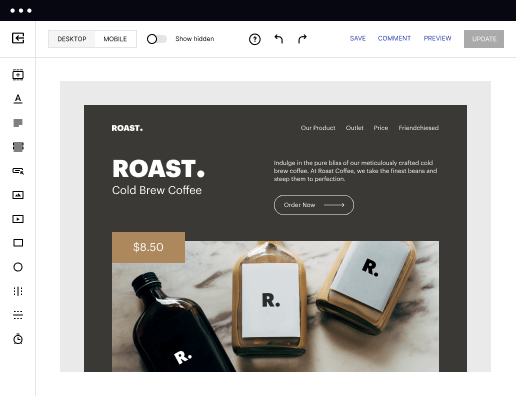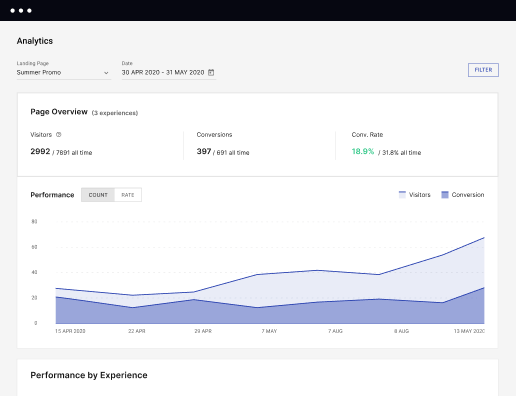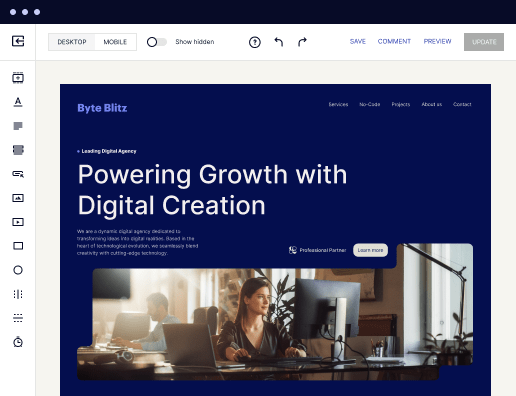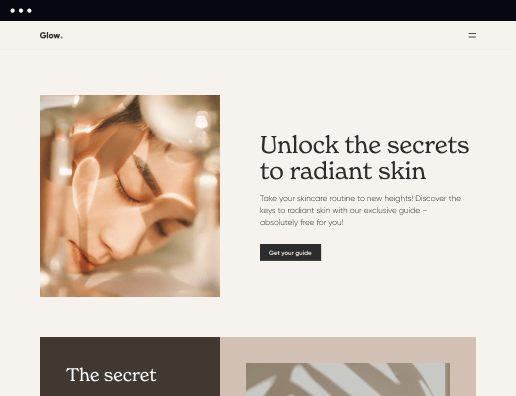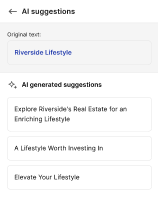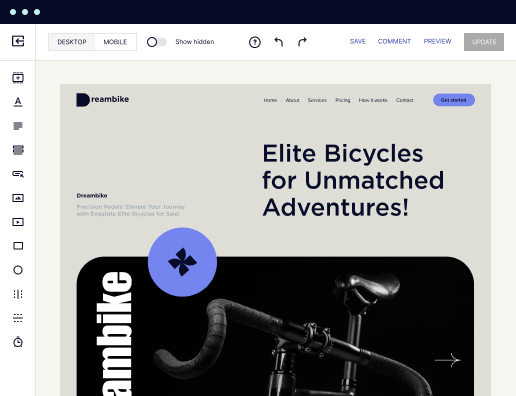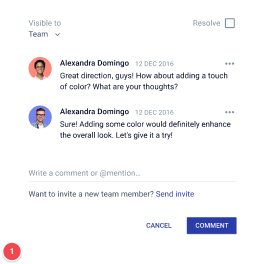Make your textured HTML page: The future of marketing
Create your textured HTML page and effortlessly optimize your web pages for diverse ads and audiences. Transform visitors into leads and sales while bolstering brand trust and nurturing customer loyalty.
Create an impactful textured HTML page with Instapage
In the competitive online landscape, crafting a textured HTML page is essential for engaging users and improving conversion rates. Instapage empowers marketers to build visually appealing and optimized pages quickly, without the need for a developer or coding knowledge. With its rich library of conversion-focused templates and user-friendly design tools, you can create personalized landing pages that resonate with your target audience in the USA.
Understanding the textured HTML page
A textured HTML page utilizes design elements that create depth and tactile appeal, making content more engaging. By strategically leveraging textures in web design, marketers can guide visitors' attention and enhance the user experience. Consider how elements such as background patterns, gradients, and images can add visual interest to your content.
- Background textures: Use subtle patterns or images to draw attention without overwhelming the content.
- Layering effects: Overlay images or colors to create depth and direct focus to key actions.
- Gradient colors: Incorporate transitioning colors to make sections stand out and improve visual flow.
Step 1: Choosing the right layout
Selecting a suitable layout is crucial for a successful textured HTML page. Instapage provides a library of over 100 customizable landing page templates designed for various needs. Here’s how to start:
- Identify your goal: Are you aiming for lead generation, product sales, or event registrations?
- Select a template: Choose a layout that aligns with your marketing objectives and desired aesthetic.
- Customize your design: Leverage Instablocks to drag and drop components, tailoring the look and feel as needed.
Step 2: Optimizing your page for conversions
Optimization is key to achieving high conversion rates on your textured HTML page. Utilize Instapage’s built-in experimentation features and analytics tools to gather insights on user behavior. Consider the following techniques:
- Implement A/B testing: Experiment with different headlines, images, or calls-to-action to determine what resonates best with your audience.
- Analyze heatmaps: Use heatmaps to identify where users interact most on your page, allowing you to optimize placement of important elements.
- Monitor performance: Regularly review analytics to measure conversion rates and make data-driven adjustments.
Step 3: Personalizing the user experience
Personalization helps create high-performing content targeted to specific audience segments. Use the power of dynamic text replacement and AdMaps in Instapage to enhance user engagement.
- Dynamic text replacement: Tailor your page content based on user data to deliver a more relevant experience.
- AdMaps: Strategically align your ads with specific landing pages to increase relevancy and reduce bounce rates.
- Audience tracking: Take advantage of data tools to track metrics, refining your approach to meet distinct audience needs.
By following these steps, you'll create a textured HTML page that not only looks compelling but also drives conversions effectively. Instapage simplifies the process, enabling marketers to focus on strategy and creativity.
Ready to transform your marketing strategy with a textured HTML page? Explore Instapage today to get started on your next landing page project and witness a significant increase in user engagement and conversion rates.
Get more out of Make your textured HTML page
Improve your Quality Score with quick load technology for landing pages
Increase conversions with content that aligns with your ads and audiences
Achieve maximum ROI by scaling your marketing initiatives
Leading the way in building high-performing landing pages





FAQs
See how to make your textured html page in action
Ready to skyrocket conversions?
Supercharge your ad campaigns with high-performing landing pages.
Get started
